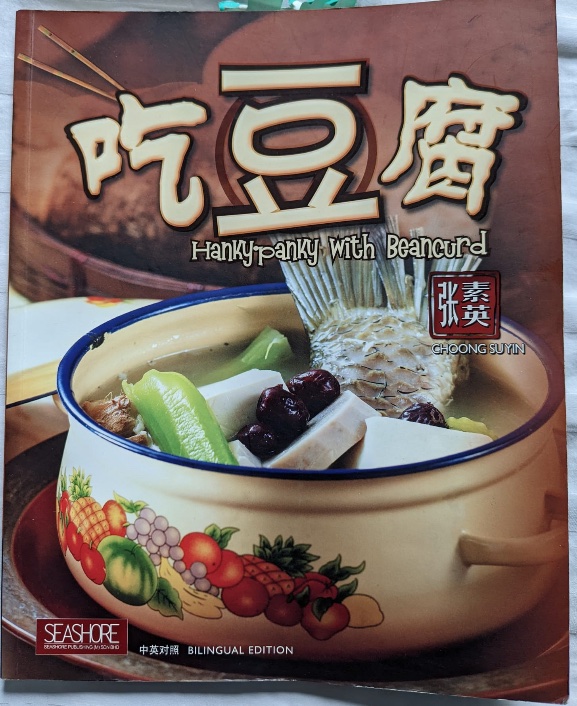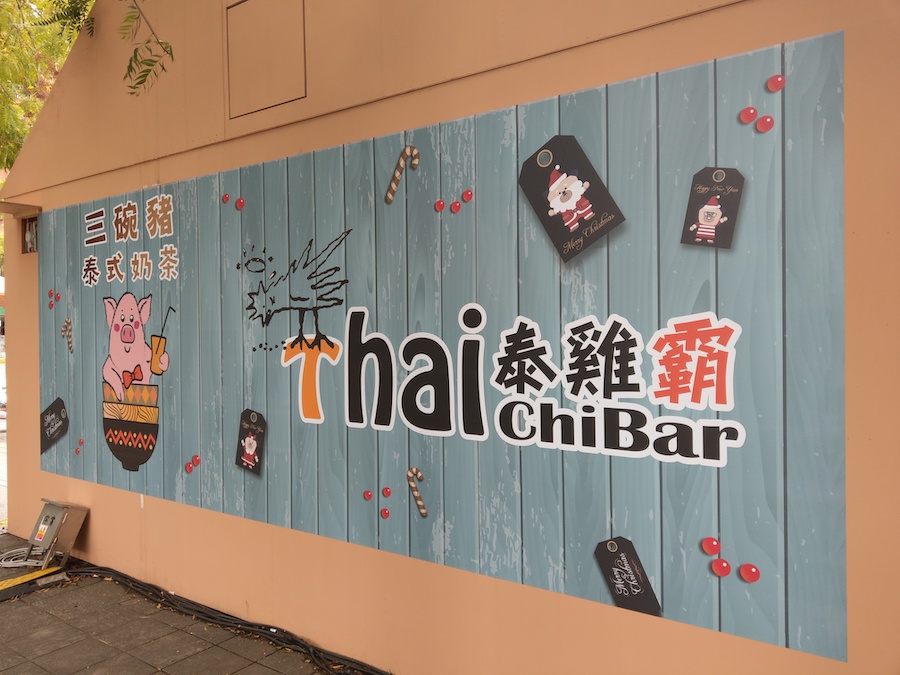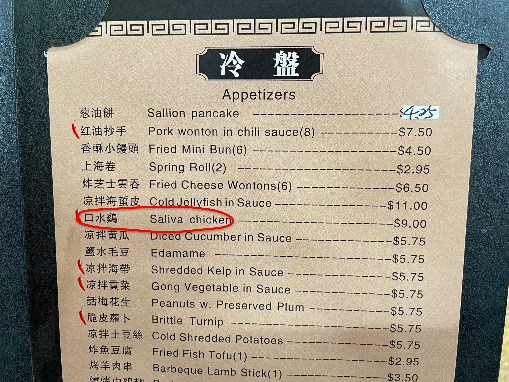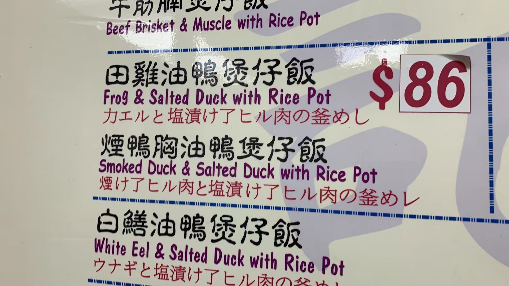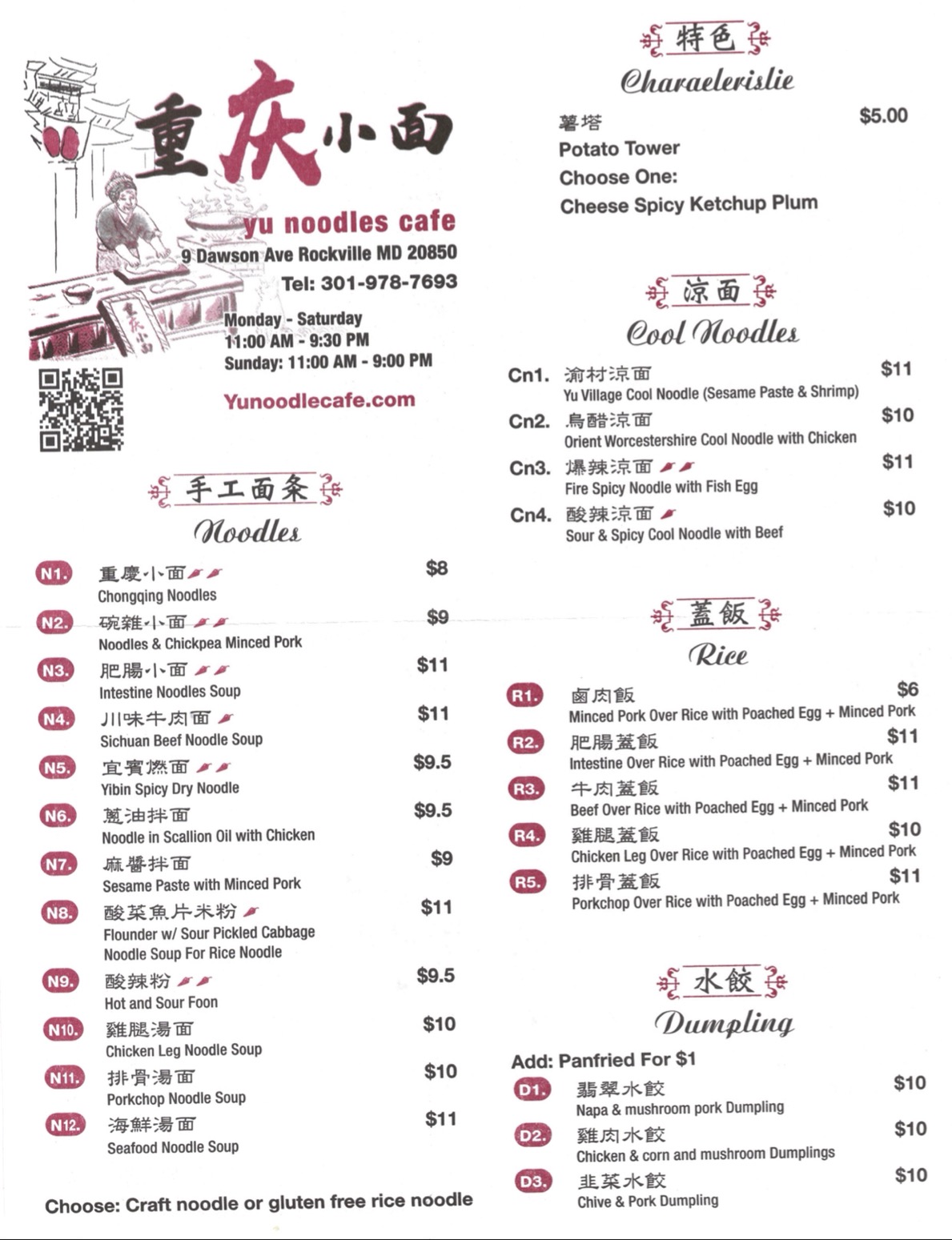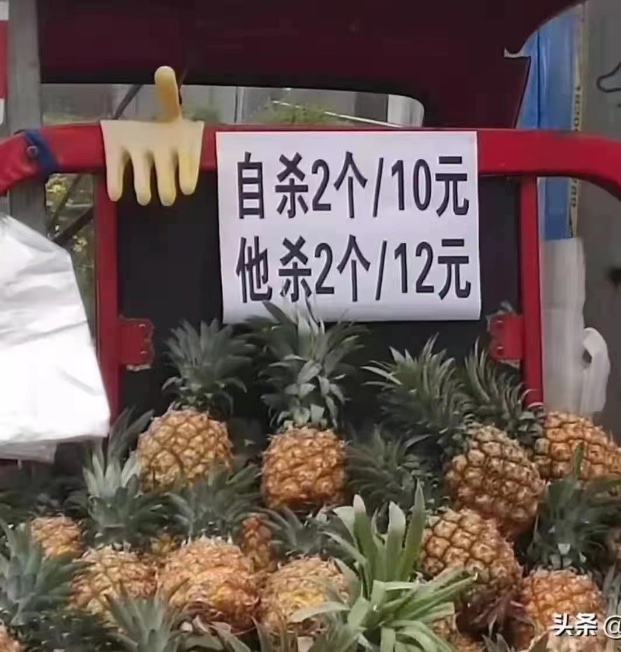White tongue
Two days ago, I met a person who had a thick white coating on their tongue. Wondering what it was called and its implications for health, I asked members of the e-Mair list about it. Here are some of the answers I received:
Denis (Sinologist):
Thick tongue coating, often due to lengthening of the keratinous papillae on the tongue's surface.
Heidi (Yoga teacher and Ayurveda specialist):
We call it "ama" in Ayurveda – accumulated toxins from undigested foods. The person who has it might be ill. I scrape my tongue every day
From Proto-Indo-Aryan *HaHmás, from Proto-Indo-Iranian *HaHmás, from Proto-Indo-European *h₂eh₃mós (“raw, uncooked”), from *h₂eh₃- (“to burn”). Cognate with Ancient Greek ὠμός (ōmós, “raw, crude, uncooked, undressed”), Old Armenian հում (hum, “raw, uncooked”), Old Irish om (“raw, uncooked”) (whence Irish amh), Persian خام (xâm, “crude, raw”).
(source)
VHM: In some Indic languages it means, among other things, "undigested", as Heidi noted for Ayurveda in general.
Read the rest of this entry »
